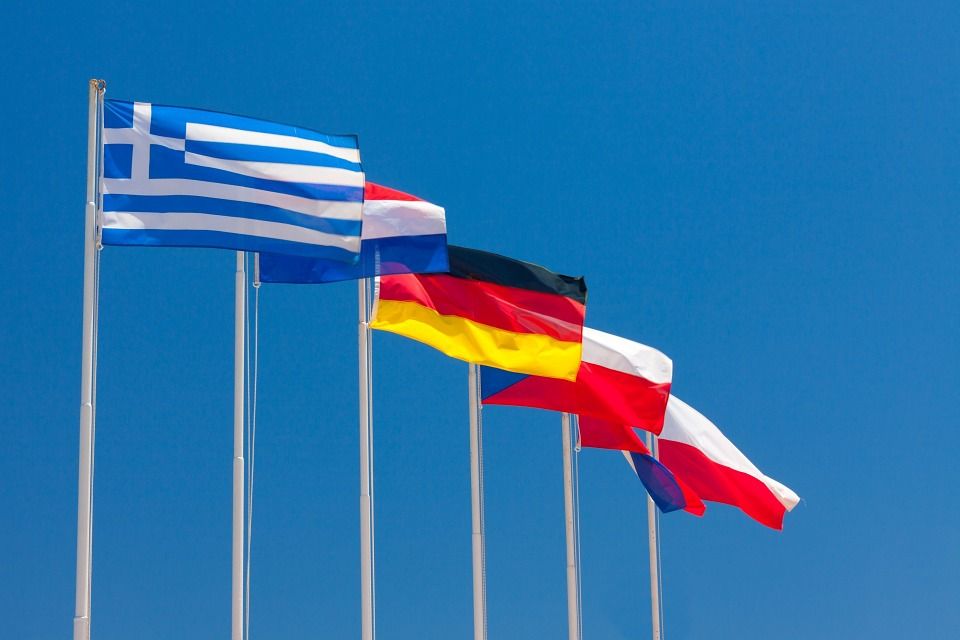Europe added 6.1GW of wind power in the first half of 2017
WindEurope, the Industry body promoting wind power in Europe- formerly known as European Wind Energy Association, released the latest statistics on wind energy development in Europe, saying that the continent is on course for setting a ‘bumper’ year in installations while cautioning some worrying facts.

WindEurope, the Industry body promoting wind power in Europe- formerly known as European Wind Energy Association, released the latest statistics on wind energy development in Europe, saying that the continent is on course for setting a ‘bumper’ year in installations while cautioning some worrying facts.
A total of 4.8 GW of onshore wind capacity was installed in the first half of 2017, although it was heavily concentrated in Germany (2.2 GW), UK (1.2 GW) and France (492 MW).
A total of 1.3 GW of offshore wind capacity was installed through 18 projects across four different countries - Germany, UK, Belgium and Finland.
In terms of investment , during the first half of 2017 a total of €8.3bn was invested in new asset financing- €5.4bn in onshore and €2.9bn in offshore, the latter down from a record high of €14bn in the same period in 2016.
53% of total investments were made in Germany, whereas no off-shore investment was made in the UK.
Pierre Tardieu, WindEurope’s Chief Policy Officer said: “We are on track for a good year in wind capacity installations but growth is driven by a handful of markets. At least ten EU countries have yet to install a single MW so far this year. On onshore wind, the end of UK Renewable Obligation scheme will lead to even greater market concentration in Germany, Spain and France”.
With regards to the offshore developments he commented: “On offshore, the level of finance activity is a concern. Although this won’t translate into lower installations for another few years, the industry needs clarity on volumes for the post-2020 period to maintain the current cost reduction trend”.
The installed capacity that was added by country goes as follows: Austria 106.8MW (onshore), Belgium 105MW (onshore) 165MW (offshore), Croatia 20.7MW (onshore), Denmark 59.9MW (onshore), Finland 50MW (onshore), France 492.35MW (onshore), Germany 2280.MW (onshore) 641MW (offshore), Greece 46MW (onshore), Ireland 159MW (onshore), Italy 187MW (onshore), Netherlands 88MW (onshore), Poland 5.82MW (onshore), Sweden 23.1MW (onshore), Turkey 377.85MW (onshore), UK 1151MW (onshore) 518MW (offshore).
Bulgaria, Cyprus, Czech Republic, Estonia, Faroe Islands, Hungary, Iceland, Latvia, Lithuania, Portugal, Romania, Slovakia, Slovenia, Spain, Switzerland and Ukraine has zero additional wind capacity.
For Belarus, FYROM, Liechtenstein, Luxembourg, Malta, Norway, Russia and Serbia there are no available data.
Tardieu added: “Member States should come forward as soon as possible with their National Energy and Climate Plans to 2030. In combination with the three-year auctioning schedule proposed by the European Commission, the national plans will give sorely needed visibility to the wind energy supply chain”.



